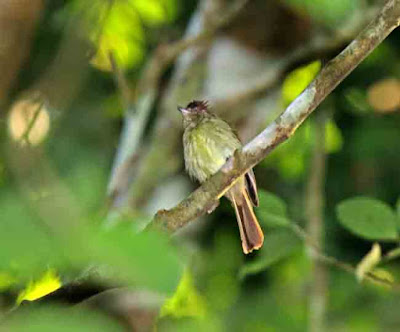I have not been birding much at home in past year with the major flood and several trips out of the country. But there are always a few interesting photos when I do get out.
A wonderful addition to my yards bird list is the beautiful Mississippi Kite (Ictinia mississippiensis). This elegant raptor is a graceful flyer. I first photographed this bird a decade ago about 40 miles north of my house. In the last few years, they are now nesting in my area and I see them almost daily. This photo was taken in my yard.
 |
| Mississippi Kite - adult |
And here is the juvenile. Notice the long wings and goth eye make up. He also has brown streaking on breast and back of neck. This was also in my yard a few weeks ago. These birds are very vocal and call constantly, so I know when they are around.
 |
| Mississippi Kite - juvenile |
A few vagrants show up in Texas from time to time. One of these is the Purple Sandpiper (Calidris maritima). It is a bird of the eastern Canadian arctic and they winter south to Carolinas, but a few wander further. This was the first winter since I started photography that one made it to Texas. It was a lifer for me. He has gray chest and back with slight purple cast. The base of the bill and legs are orange.
















































